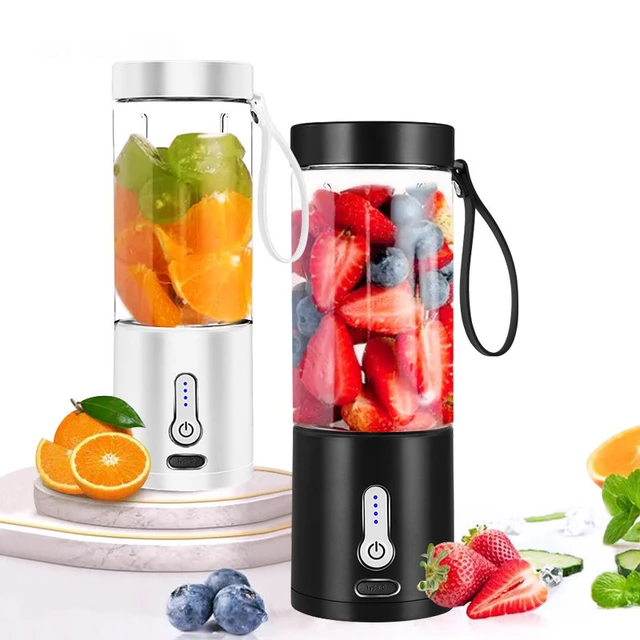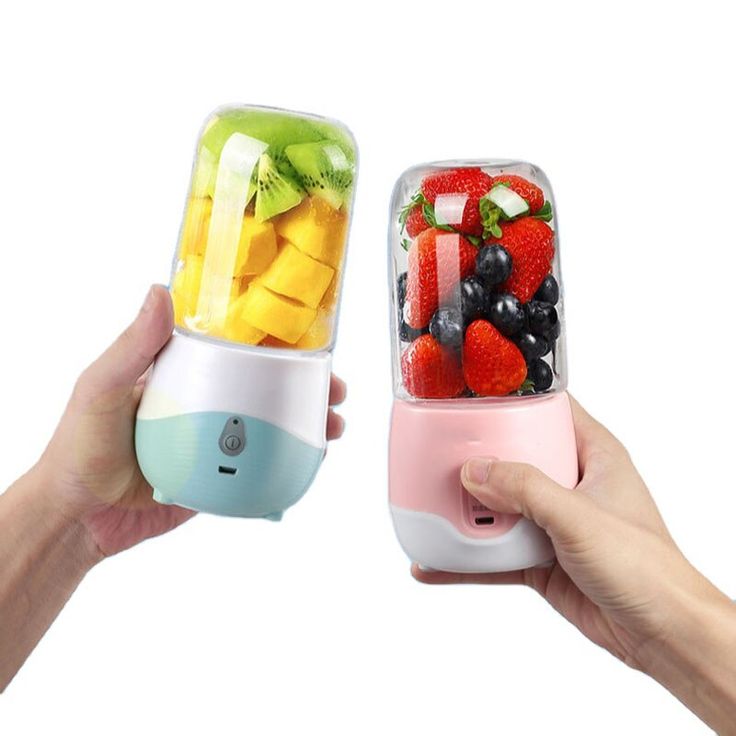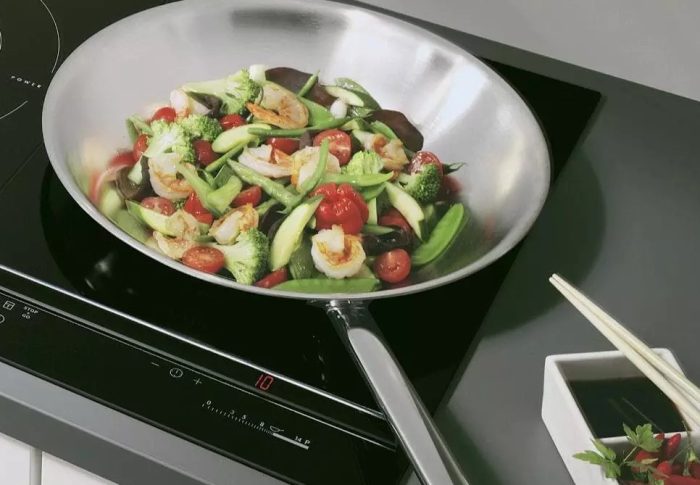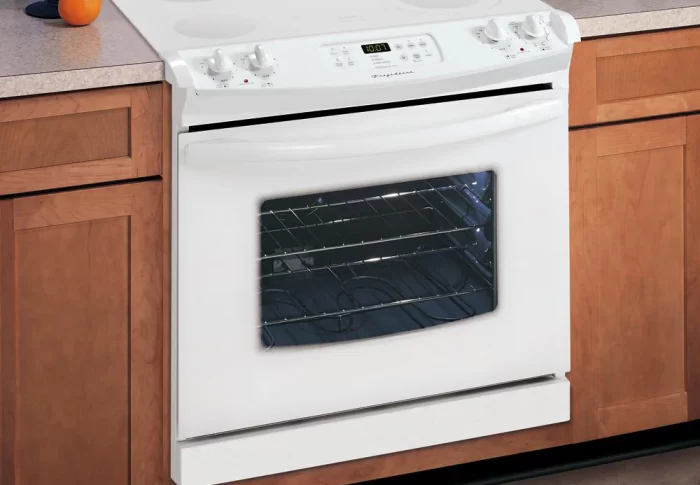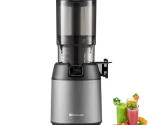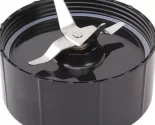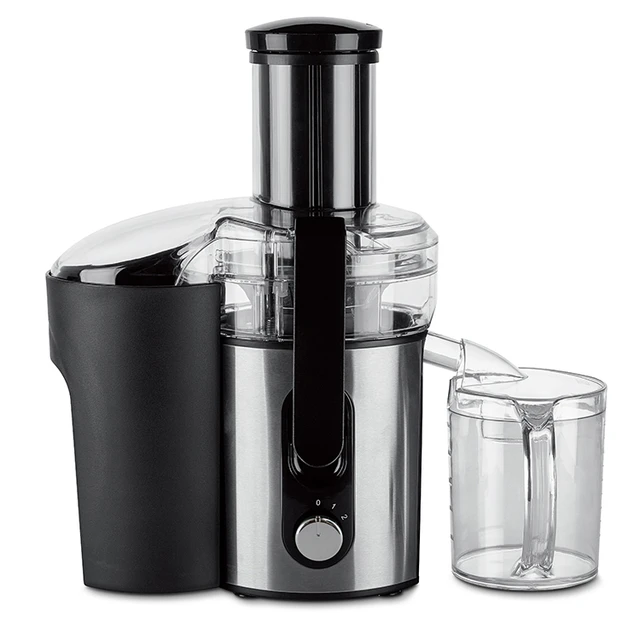
Can a Blender Be Used as a Juicer?
In the ever-evolving world of kitchen appliances, many people wonder about the versatility of their existing devices. One common question that arises is: can a blender be used as a juicer? This query touches on several relevant points, including the differences between blenders and juicers, benefits, techniques, and insights into maximizing your blending experience for juicing purposes. In this extensive exploration, we will delve into the differences and similarities between blenders and juicers, how to effectively use your blender for juicing, and offer tips to achieve the best results possible.
Understanding the Differences: Blender vs. Juicer
How a Blender Works
Blenders are designed for blending, mixing, and puréeing a variety of ingredients. They operate with sharp blades that rotate at high speeds to chop and mix food into smooth liquids or semi-solid textures. Blenders can handle a range of tasks, from smoothies to soups, and even crushing ice. They often come with multiple settings that allow users to achieve desired textures and consistency.
How a Juicer Works
In contrast, juicers are specifically engineered to extract juice from fruits and vegetables. They typically utilize either centrifugal force or masticating (cold press) mechanisms to separate the juice from the pulp. The main goal of a juicer is to yield a clear liquid that is free from solid residues. This means that juicers focus on maximizing the juice content while minimizing the fiber, producing a different outcome than blenders.
Nutritional Differences
When considering the nutritional aspects, blending and juicing result in different compositions of the end product. Juiced fruits and vegetables contain less fiber, which can lead to quicker absorption of sugars into the bloodstream. On the other hand, blended drinks retain the fiber content, which can be beneficial for digestion and satiety. As a result, the choice between using a blender or a juicer will also depend on your nutritional goals.
Can a Blender Be Used as a Juicer? Pros and Cons
Pros of Using a Blender as a Juicer
- Versatility: A blender can serve multiple functions in the kitchen, allowing you to prepare smoothies, soups, sauces, and more. Instead of investing in a dedicated juicer, your blender can cover a broader range of culinary needs.
- Cost-Effective: Purchasing a high-quality blender can be more budget-friendly than buying separate appliances. If you already own a blender, you can start juicing immediately without any additional costs.
- Easier Cleanup: Blenders often have fewer parts compared to juicers, making them simpler to clean after use. With less effort required for cleaning, you’re likely to use your blender more frequently.
- Preservation of Fiber: Using a blender retains all the fiber from fruits and vegetables, leading to a more filling beverage that can promote digestion and beneficial health effects.
Cons of Using a Blender as a Juicer
- Pulp and Texture: The final product from a blender will usually contain pulp, which may not be desirable for those seeking a smooth, juice-only experience. For some, this could lead to an inconsistency that detracts from the traditional juicing experience.
- Juice Clarity: The juice obtained from a blender may appear less clear than that from a juicer. Many prefer the clean aesthetic of fresh juice when served.
- Less Juice Yield: A blender might not extract as much juice from certain fruits and vegetables as a juicer would. While you can achieve juice from a blender, it may not be as concentrated or plentiful.
- Texture Control: Some users may find it difficult to manage the consistency of their blends. Without proper practice, blending can easily result in overly thick or less desirable textures.
Techniques for Juicing with a Blender
Selecting the Right Ingredients
When you’re looking to use your blender as a substitute for a juicer, the choice of ingredients is critical. Softer, juicy fruits like melons, citrus fruits, and berries blend more easily and yield better juice than harder vegetables or fruits. Here are some recommended fruits and vegetables:
- Fruits: Oranges, strawberries, apples, peaches, and questions like watermelon and kiwi.
- Vegetables: Spinach, cucumber, and tomatoes tend to blend well but may require additional liquid for the best consistency.
Preparing Your Ingredients
Before blending, it’s essential to wash and prepare your ingredients. Peelings, pits, or hard stems may need to be removed to enhance the blending process, while also ensuring a smoother texture. Here are steps to prepare your juice:
- Wash: Thoroughly clean all fruits and vegetables under running water to remove any contaminants or pesticides.
- Chop: Cut the ingredients into smaller pieces to facilitate easier blending and reduce strain on the blender’s motor.
- Mix and Match: Combining a variety of fruits and vegetables can lead to unique flavors. Experiment with different combinations to find what you enjoy most.
Blending Process
Once your ingredients are ready, follow these steps to achieve juice-like consistency:
- Add Liquid: Pour a small amount of water or a complementary fruit juice into the blender. This will help the blades move freely and blend more effectively.
- Blend: Start on a low speed and gradually increase to achieve the desired texture. Blend for at least 30-60 seconds, or until ingredients are well combined and your mixture appears homogeneous.
- Strain: To remove the pulp and achieve a juice-like consistency, strain the blended mixture using a fine-mesh sieve, nut milk bag, or cheesecloth. Place your strainer over a bowl and pour in the blended mixture. Use a spatula to push the liquid through, extracting as much juice as possible.
Storing Your Juice
After you’ve extracted the juice, it’s important to store it correctly to maintain freshness. Here’s how:
- Use an airtight container: Immediately transfer your juice to a clean, airtight container. This minimizes oxidation and helps retain nutrients.
- Refrigerate: Store your juice in the refrigerator and consume within 24-48 hours. Freshly made juice tends to lose its nutritional value over time, so it’s advisable to drink it as soon as possible.
Tips for Maximizing Your Blender’s Juicing Abilities
Experiment with Texture
If you’re used to drinking store-bought juices, it may take some adjusting to the texture of blended juice. However, experimenting with ratios of fruits and vegetables can help you find your ideal consistency. You might discover that adding bananas or avocados makes for a thicker, creamier texture while incorporating cucumbers and celery can yield a lighter, refreshing drink.
Use Frozen Fruits
Keeping frozen fruits on hand can enhance your juicing experience. Not only do these add a unique texture, but they can also help chill your juice without the need for ice, preventing dilution of flavors.
Incorporate Superfoods
To elevate the nutritional content of your blended juices, add superfoods like chia seeds, flaxseeds, spirulina, or protein powders. These nutrient boosters can provide additional health benefits and enhance flavors.
Clean Your Blender Immediately
After juicing, it’s essential to clean your blender without delay. The fibers from fruits and vegetables can cling to the blades and sides, making clean-up more laborious. A simple rinse followed by running the blender with warm soapy water for 30 seconds can make the process much simpler.
Upgrade Your Blender
If you find that you’re frequently using your blender for juicing, it might be beneficial to invest in a high-performance blender. Models with greater horsepower and more advanced blade designs can handle tougher ingredients, resulting in smoother juice.
 Juicing Recipes to Try
Juicing Recipes to Try
Cucumber-Lemon Refreshment
- 1 Cucumber
- 1 Lemon (peeled)
- 1-2 tablespoons Honey (optional)
- Water as needed
Instructions
- Prepare and chop cucumber and lemon.
- Blend with enough water until smooth.
- Strain and serve chilled.
Berry Blast Smoothie
- 1 Cup Mixed Berries (strawberries, blueberries, blackberries)
- 1 Banana
- 1 Cup Almond Milk (or any milk of preference)
- 1 Tablespoon Chia Seeds
Instructions
- Blend all ingredients until smooth.
- Serve immediately for a nutritious boost.
Tropical Green Juice
- 1 Cup Spinach
- 1/2 Pineapple (peeled and chopped)
- 1 Green Apple (cored)
- 1/2 Lemon (peeled)
- Water as needed
Instructions
- Blend all ingredients and strain for a refreshing green juice.
- Enjoy immediately for the best flavor.
Carrot-Ginger Delight
- 2-3 Carrots (peeled and chopped)
- A small piece of Fresh Ginger (to taste)
- 1 Apple (for sweetness)
- Water as needed
Instructions
- Blend ingredients and strain to remove pulp.
- Chill before serving.
Conclusion: Can a Blender Be Used as a Juicer?
Ultimately, the answer is a resounding yes—can a blender be used as a juicer? While a blender may not replicate the juice extraction process of a traditional juicer perfectly, it certainly offers an effective alternative that brings versatility, cost savings, and ease of use. By understanding the differences between these appliances and following some simple preparation and straining techniques, anyone can create fresh, nutritious juice from the comfort of their home using a blender.
In conclusion, whether you prefer smoothies filled with fiber or light and refreshing juice, a blender can help you navigate the exciting world of homemade beverages. Incorporating seasonal fruits and vegetables can enhance your dietary intake while also keeping your family healthy. A blend of creativity and experimentation will ensure you never run out of delicious options to explore. So open your kitchen cabinets, dust off that blender, and start your juicing adventure today!

